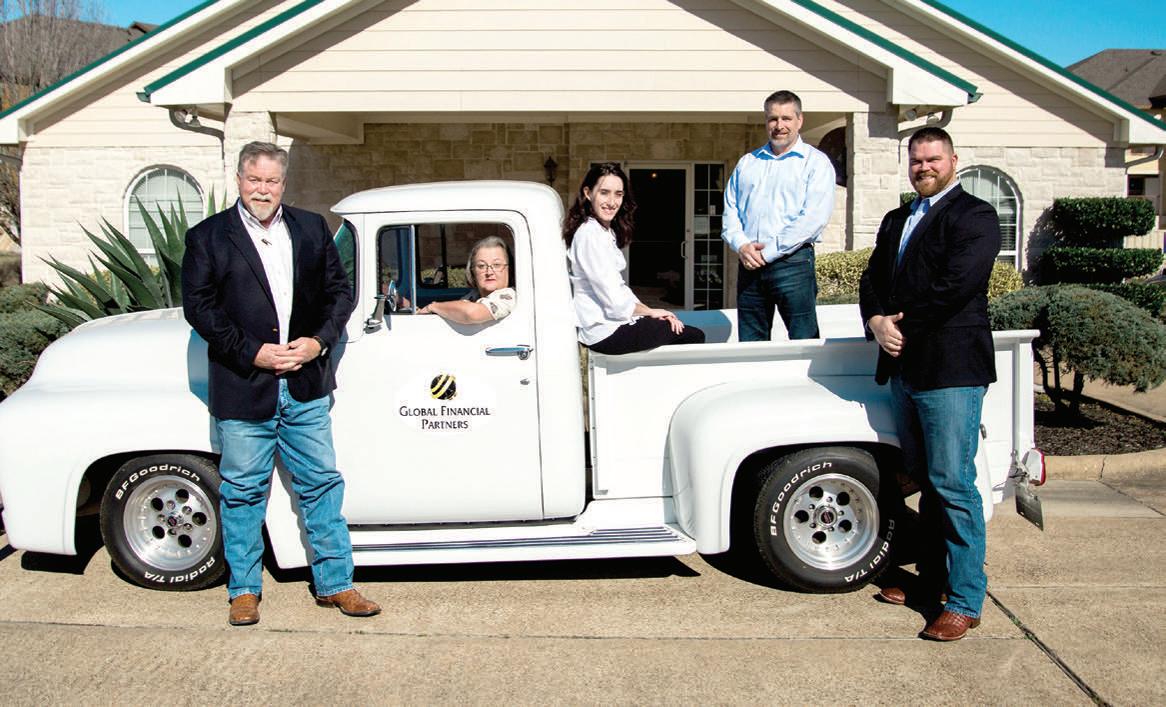
12 minute read
Garden Post
By Kim Bius
Get the Fruit Trees Going!
January in East Texas is fruit and nut tree season. As gardeners, we prefer the sunny, mild, dry days of early spring, but your fruit trees do not! The wet soil gives that added boost of moisture, and the cold temperatures keeps the plant in dormancy for less shock and better root growth until first bud break.
Let us review the requirements and a bit of background knowledge to give you the 101 of fruit tree gardening. Fruit trees require full sun (8+ hours of unobstructed direct sunlight), excellent drainage, and consistent watering throughout the year. Fruit trees are a crop and must be treated as such for successful production. Fruit trees require maintenance and care, some more than others.
Fruit trees are either self-fertile or require a cross pollinator. Peaches, apples, figs, apricots, nectarines, and citrus are self-fertile and can cross pollinate themselves, BUT for your best bet at production, plant two fruit trees with a cross-pollination time. In other words, 2 varieties of peach trees that have a least a one week overlap on pollination time will give you the success you want. Independent garden centers have already taken this into account, and only have trees in stock that will pollinate each other and have the correct chilling hour requirement for your gardening area. The term “chilling hour” is the amount of time below 42 degrees a tree must receive to set buds. The chilling hour on a 75-year average for Walker County is 650 and Montgomery County is 600-625.
By far, the most popularly grown fruit tree in Texas is the peach tree, which is also the least drought tolerant. The apple follows closely, with several low chilling hour beauties that A&M has produced so Texans can enjoy homegrown apples. The pecan is next, one of the fussiest trees. Once established, pecans are a breeze, very similar to taking a teenager into adulthood. The first few years are the most crucial, but given the right background and growing conditions, everything is great! Plums, pears, figs, nectarines, almonds, and even a few select cherries can also be included in your garden, with figs and pears being the hardiest and most drought tolerant. In other words, if you miss two weeks of watering in summer, the fig and pear will be a better bet on surviving, the peach will be the first down.
Fruit trees will do best in a deep sandy loam area, devoid of heavy clay. The tree should be planted at the established soil level in the pot or, if bare rooted, a minimum of 2” below the graft. Plant your tree higher than the existing soil level for drainage, fertilize with a root stimulator at planting and again in 6 weeks. Fruit trees will require pruning and shaping in late January for easy harvesting, and your fertilization schedule will depend on the variety selected.
Enjoy, have fun, and Happy Gardening.
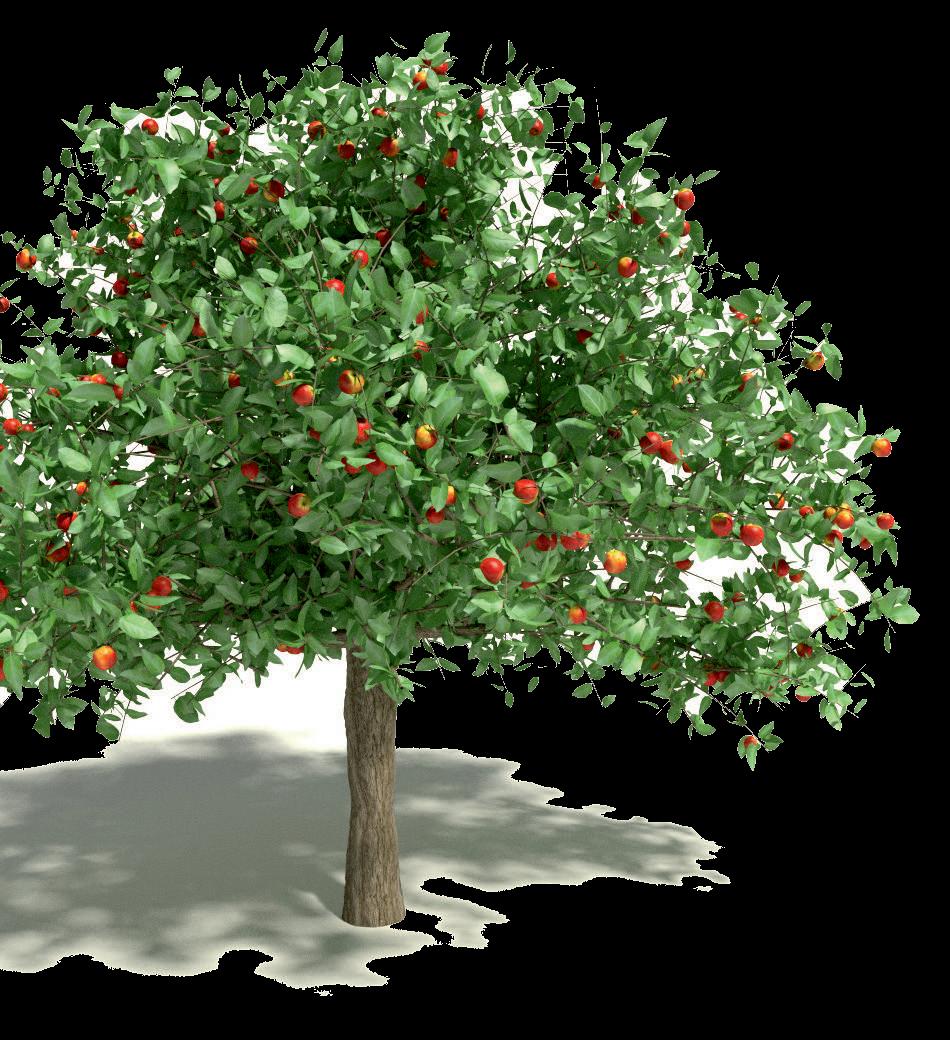
Photos by Kelly Lawson
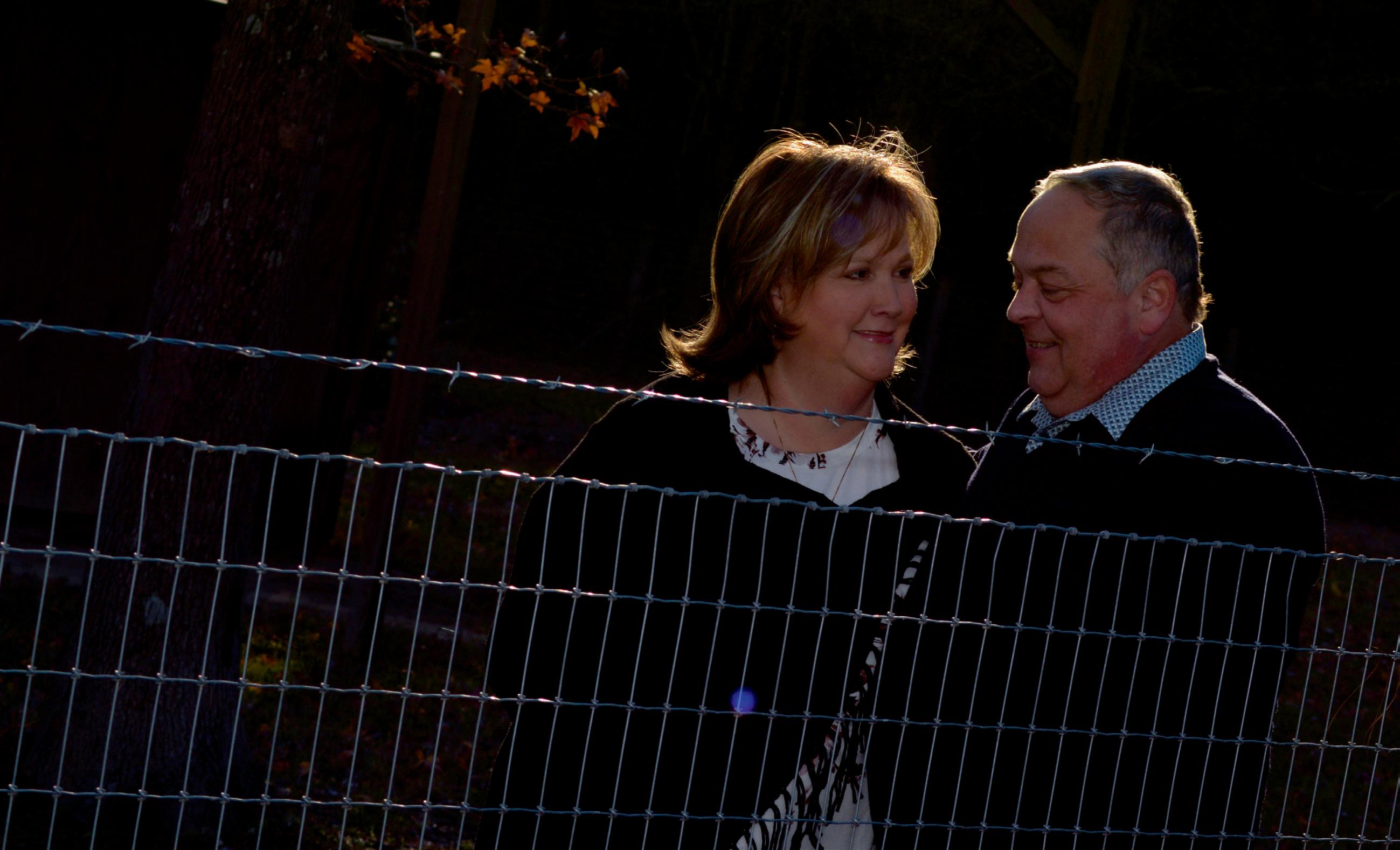
Postcards: A 10-Year Celebration of Community
Mass media specialists and social scientists have painted a depressing trend over the past 25 years: communities are growing more fragmented and, not coincidentally, print journalism is suffering. Social media, on the other hand, is all the rage—in all meanings of the word. It was a bit of a surprise then that Wes and Karen Altom decided some 10 years ago to launch a community magazine. Against prevailing trends, and no doubt counter to economists’ prognostications, the magazine has thrived, filling a niche in Walker County and, beginning the following year, in Montgomery County. What follows is the story of that success and, more broadly, the success of two community areas in southeast Texas.
In 2009-2010, the country was in the midst of “The Great Recession.” Print journalism was in a freefall. What made you wake up and say, “Gosh, this would be a great time to start a print magazine?!”
Karen Altom: I had worked for several years in our advertising agency business. Communities were turning away from a single source of information and, consequently, it was becoming increasingly difficult to reach an entire community. At the same time, stories would pop into my head, and I would think, “That would make for a great magazine article.” But I would back off and say, “I don’t have time to take on another project.” But in 2010, one of our clients sold their company, and we took a big hit in revenue. It also opened up a time window. And I said, “Okay, Lord, I don’t have an excuse anymore. Maybe it is time start a magazine.”
How did you plan out the division of labor?
KA: Wes is more of “Just the facts, ma’am.” (Wes nods at this point.) touchy-feely aspect of the magazine, and he is the facts and history aspects of the magazine. But on an operational level, I have served as the publisher, and he has served as the editor. WA: I am the comma police.
How did you put that plan into action?
KA: We had our first planning session with Mary Partida at IHOP, and Wes asked some of the hard questions. “What are our resources? What is the content?” Those were questions we had to answer, but we had experience in media, the ability to write, some of the infrastructure, and we had Mary as a graphic designer and our friend Julie Knight who agreed to be our photographer. Wes Altom: We thought there was a need. We believed there is still a demand for community journalism, and we could provide the material—the photos and the stories—that no one else, certainly no I try to ensure there is “heart” in each issue. So, in a way, I am the
one else at the national level, was providing about this area at the time.
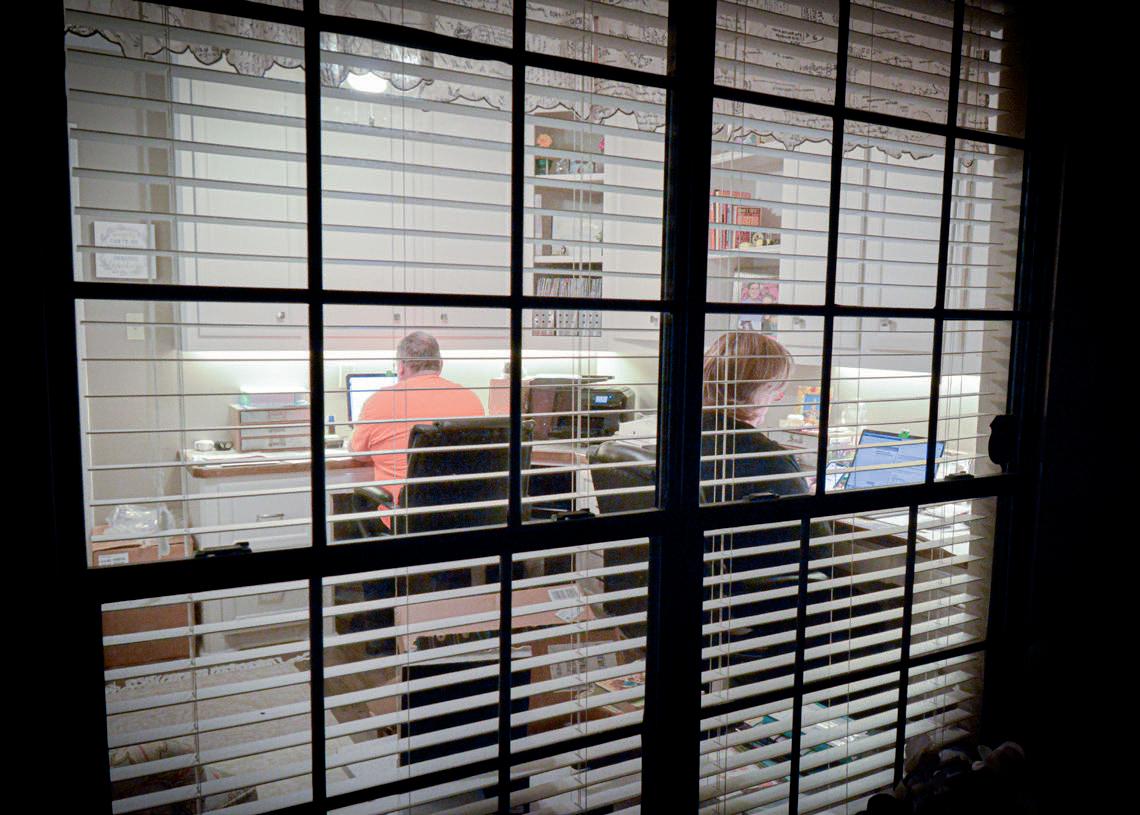
KA: And I deal more with sales, but we both do the office duties. Wes does give me the veto power. Sometimes we get some content in articles that I don’t think my mother would appreciate, and I get to veto that… WA: We agreed at the outset our focus was on the community, that we would avoid politics, and we would emphasize positive stories. Our hope is when people read the magazine, they say, “I didn’t know that! I’ve lived here for 15 years, and I didn’t know that.”
This Altom partnership began more than 28 years ago. Although Karen went to school at Abilene Christian University and Wes attended SHSU, the two became friends through a church group in Huntsville, soon after began dating, and were married on October 17, 1992. This particular date came about after Wes suggested October 31, and his idea—not for the last time—was vetoed. Karen has enjoyed careers in radio, newspapers, and advertising. Wes was a police officer for more than two decades, before going into consulting. They have also raised two children—Abby and Marshall— and have recently taken up yet another hobby: spending time with their grandson Walker.
Nothing works out exactly as planned. How has the job evolved over the years?
KA: Well, Wes took over supervision of the story assignments a couple of years ago, and we both write less than we first did. We want as many people as possible in the community to contribute as writers. We have talented people in our community, and we want to display both the community and its talented writers. The other two big aspects of the magazine’s evolution include the addition of the Lake Conroe edition, which we began in 2012, and the increased frequency of publication. We began quarterly, moved to six times a year, and within a couple of years, we were doing monthly issues... in both markets. We now print 25,000 copies of each edition every month. Our print deadline is the same day for both issues, so it makes for a long day. But our goal, as Wes said, is to get positive stories out there each month, and to provide content people want to read, and from the responses we get, I feel we’ve done that.
You’ve hinted at this, but how do your different personalities affect the magazine?
KA: Several years ago, we took a marriage class at church led by Dr. Foy Mills. We took the Gallup Strength Finders Assessment, and my number one strength was “positivity.” I want to paint my sky blue, my lawn green, and my picket fence white. Wes is about analyzing situations and processes, figuring out how things fit together. At first, I was alarmed because our personalities don’t have a lot in common, but we learned that it’s more about complementing one another, and we do that in life and on the magazine.
What goes into 10 years of Postcards:
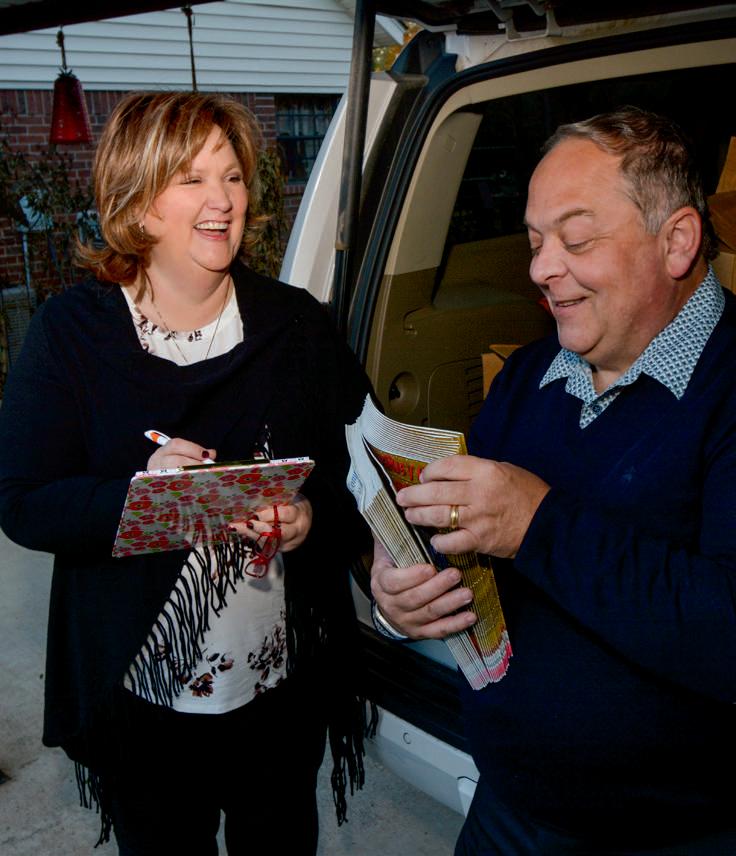

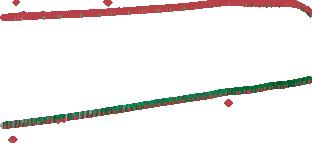
• 191 separate issues, with more than 5.1 million printed copies distributed between Walker and Montgomery counties;
• 515 separate stories, all edited by Wes, broken down by: • 87 “Do You Know?” • 40 “Gotta Get Away” • 58 “Texas Treasures” or “Local Treasures” • 54 “Just for Fun” • 11 “Special Conversation” • 17 “Inspirations” • 39 “Community Builder” • 6 “Hidden Treasures” • 40 “Mustard Seed Moment”
• 56 separate writers: •Ruth Fields heads this list, with an amazing 119 stories, followed by Mike Yawn with 70 stories!


Service Area
Magnolia Conroe Montgomery North Houston New Waverly Huntsville Willis Spring Tomball Pinehurst The Woodlands Shenandoah Cypress Klein
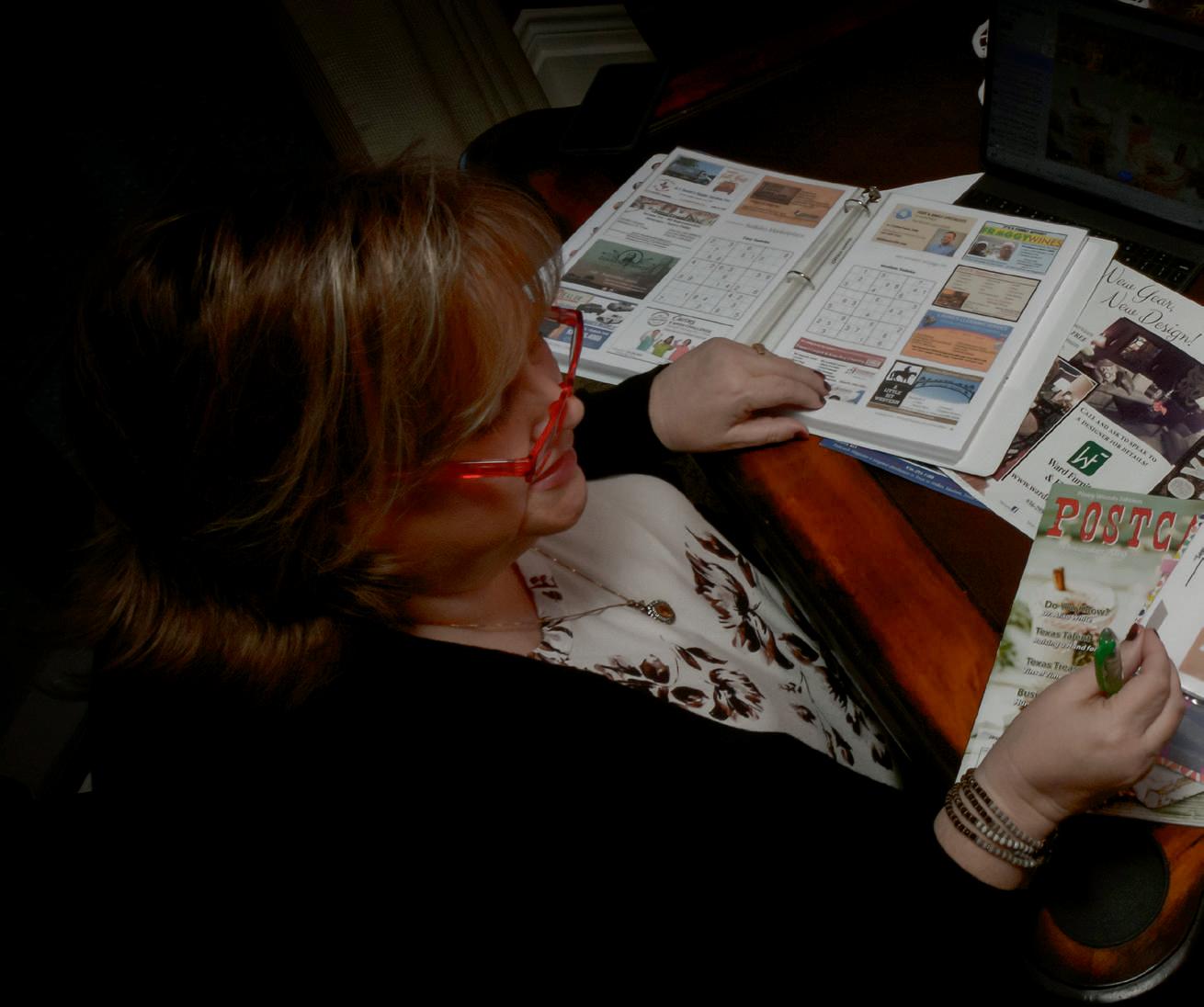

Roysair.com Independently Owned & Operated TACL A010432C
We’re the ones to call! 936-756-7816

What our advertisers are saying... Congratulations POSTCARDS Magazine

Postcards has consistently been the most effective form of advertising we use. Customers come in from all over, and we have seen specific growth from using the Lake Conroe edition of Postcards! Just recently a couple came in and said the photos of our store in our ads were so pretty, they just had to come up and see it for themselves! We hear this all the time. Postcards is a good quality form of advertising that people notice and pay attention to!

Congratulations on 10 years!
David & Jackie Ward
Ward Furniture & Flooring
What has proved most popular in the magazine?
KA: The most popular in terms of submissions are our sections on “pets” and “grandchildren.” When the issues hit the street, our emails light up with new submissions from readers.
What has been least expected?
KA: We didn’t realize the concept would take off like it did. WA: Also, Karen is now occasionally recognized as “The Postcards Lady.” KA: I was with Marshall one day at the grocery store, and a lady walked up to me, threw her arms around me (this was Pre-COVID), and hugged my neck. “I love your magazine,” she said. When she left, Marshall asked me, “Who was that?” And I didn’t know. It was just someone who knew me from the magazine!
I like to think of milestones. Since the magazine began, we have had, as of this month, three presidents, an economic recession, a long economic expansion, now a pandemic economy—and, of course, COVID and all its effects. But on a personal level, what are some milestones since you began the magazine?
WA: It’s been a family business. Marshall and Abby have been involved in multiple ways, and I think they’ve become more well-rounded as community citizens as a result. KA: Both our kids graduated from school since the magazine began. Abby did a study abroad program in college, and we traveled to see her, so we did a story on Germany. When the kids were small, we had a foreign exchange student from Denmark, so we visited there and did a story on that. Both our children are now married, and Marshall and his wife Kathryn have a baby.
You’ve had some more somber changes, as well.
KA: We’ve lost three out of four parents, and that has been tough. One of our team members, Chris Blair, died in a motorcycle accident. That was completely unexpected and horrible for us and his family. These losses can be quite emotional, and they can also have practical implications. My father was a minister, but he was also a retired mail carrier, and he would do all the rack deliveries in Madisonville. He loved doing that to help us, but I know he also enjoyed running into people. He would call us and say, “I ran into so-and-so, and they loved the story on such-andsuch.” I have kept some of those voicemails. The magazine is a part of our life in ways far beyond the profits and losses, and we’re a better and stronger family because of it.
And do you think the community is stronger for it?
KA: We hope so. That’s been our goal for the past 10 years, and it’s our goal for the next 10 years.

As noted in the interview, Postcards is a family enterprise, and the Altom children have been part of the magazine’s operations—sometimes willingly. Originally, both Marshall and Abby thought it might be a multi-year project that could lift the community. After seeing the work that went into it, they realized it was a long-term commitment on the part of their parents. “They started this magazine,” reflected Marshall, “because they love our community, and they wanted the community to unite around something positive.” Abby echoed and amplified those thoughts: “The magazine began at a tough time for our family, and I think we needed the magazine as much as the community did. I could not be more proud of my parents and their continued dedication to the magazine, the community, and to God.” Both, too, have been influenced personally by the magazine. “I was born and raised in Huntsville,” noted Marshall, “but through the magazine, I’ve learned of amazing people in the community. There is always more to a community than you know.” For Abby, the impact has also been personal, at times almost traumatically so. There was the time, as a college freshman, that she got to interview Aaron Watson for the magazine, only to find her only recording became corrupted— the file was irretrievably lost—prompting an awkward callback. But even while living in the Abilene area, she is amazed by what she learns from the magazine: “…a person in the community doing amazing things, or a new recipe, or keeping up with my mom through her publisher column. It makes me feel closer to my family. Oh yeah, one more thing I’ve learned: have a backup recording device for interviews.”


